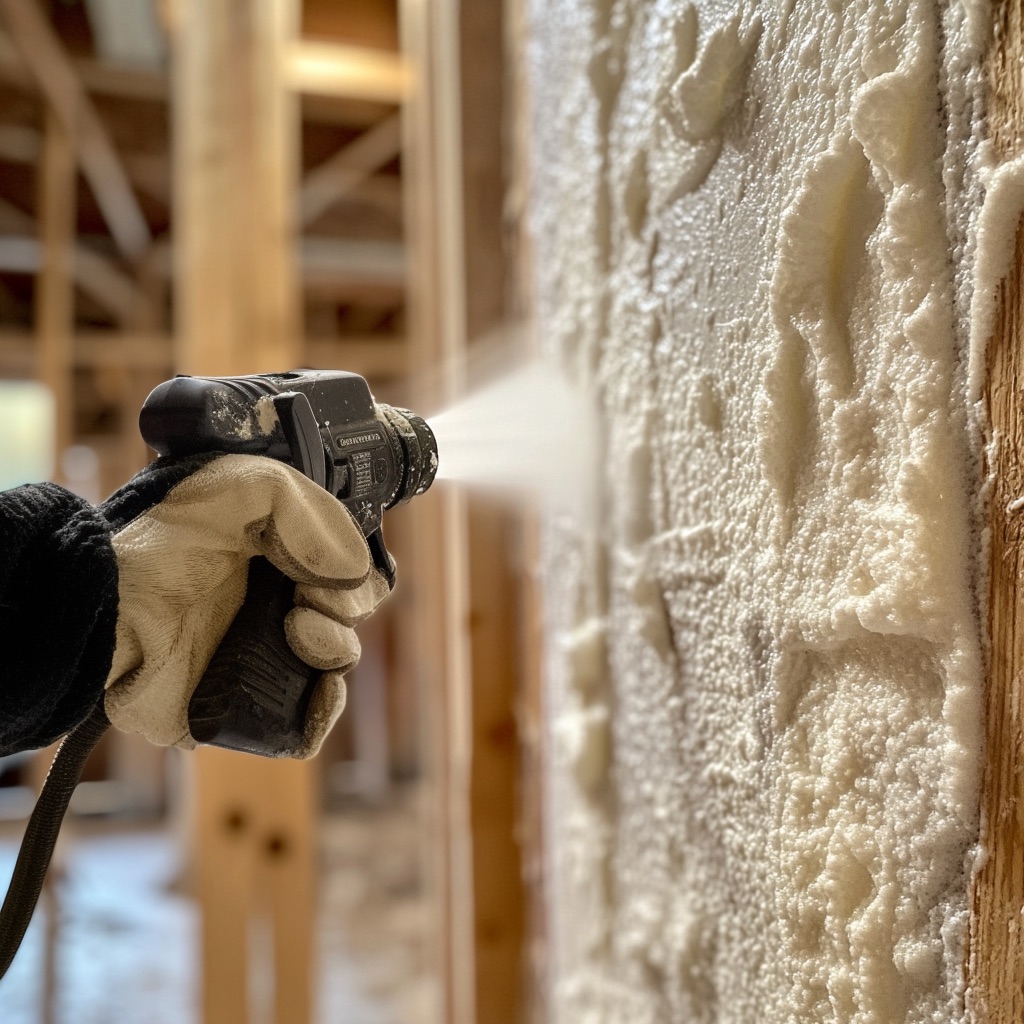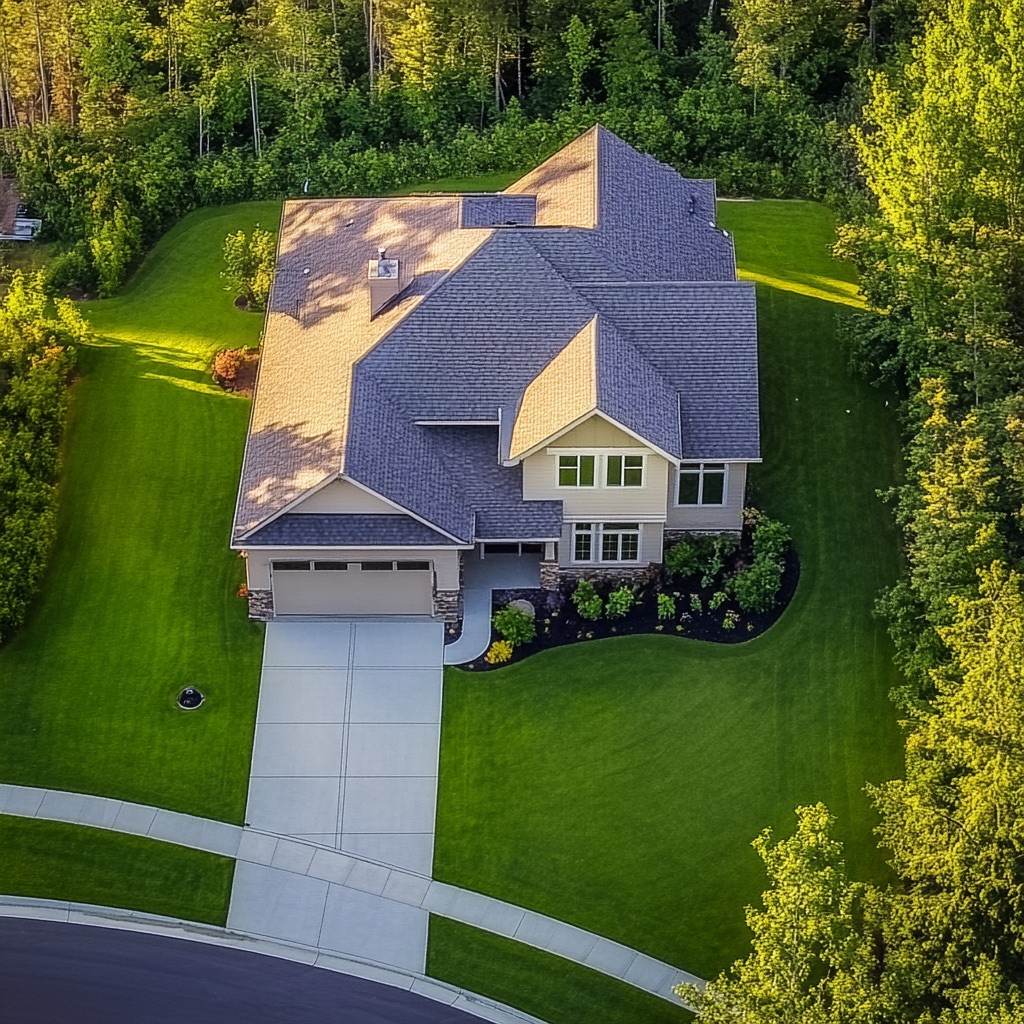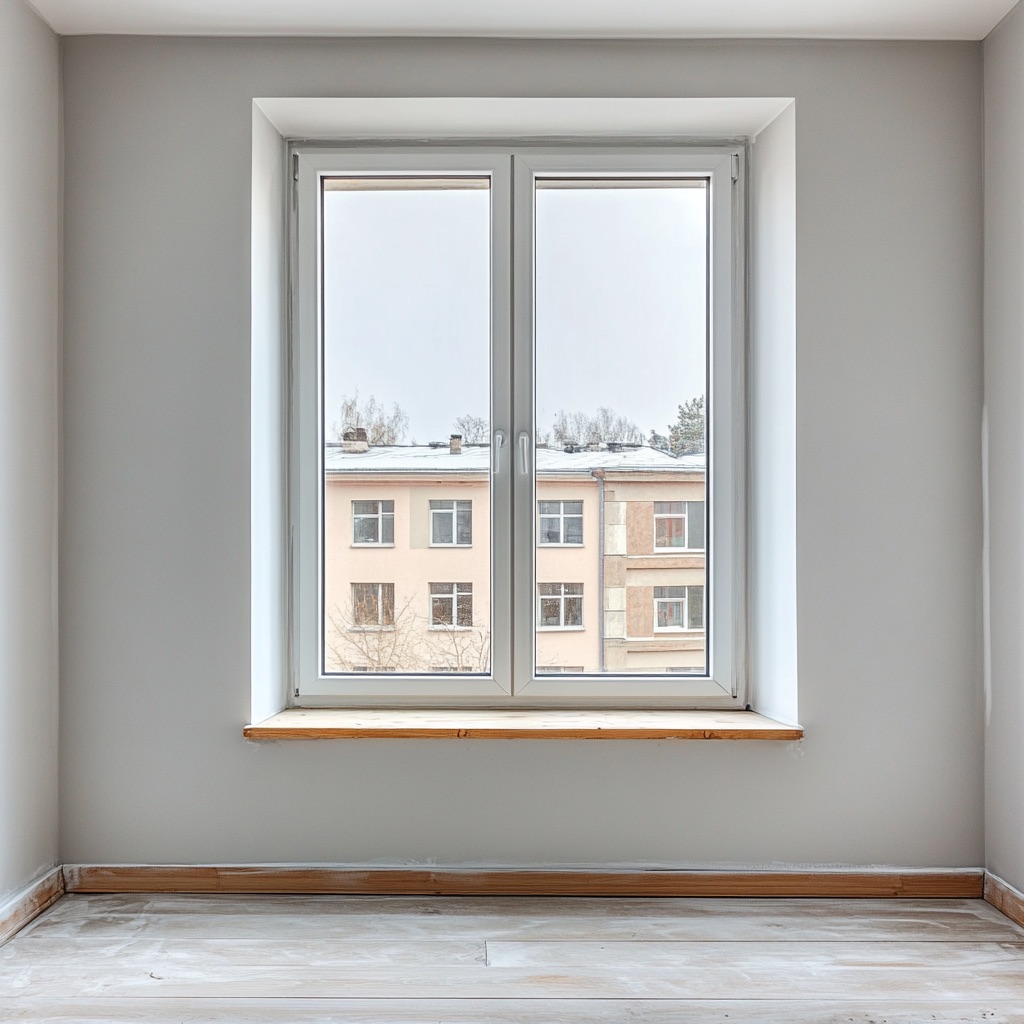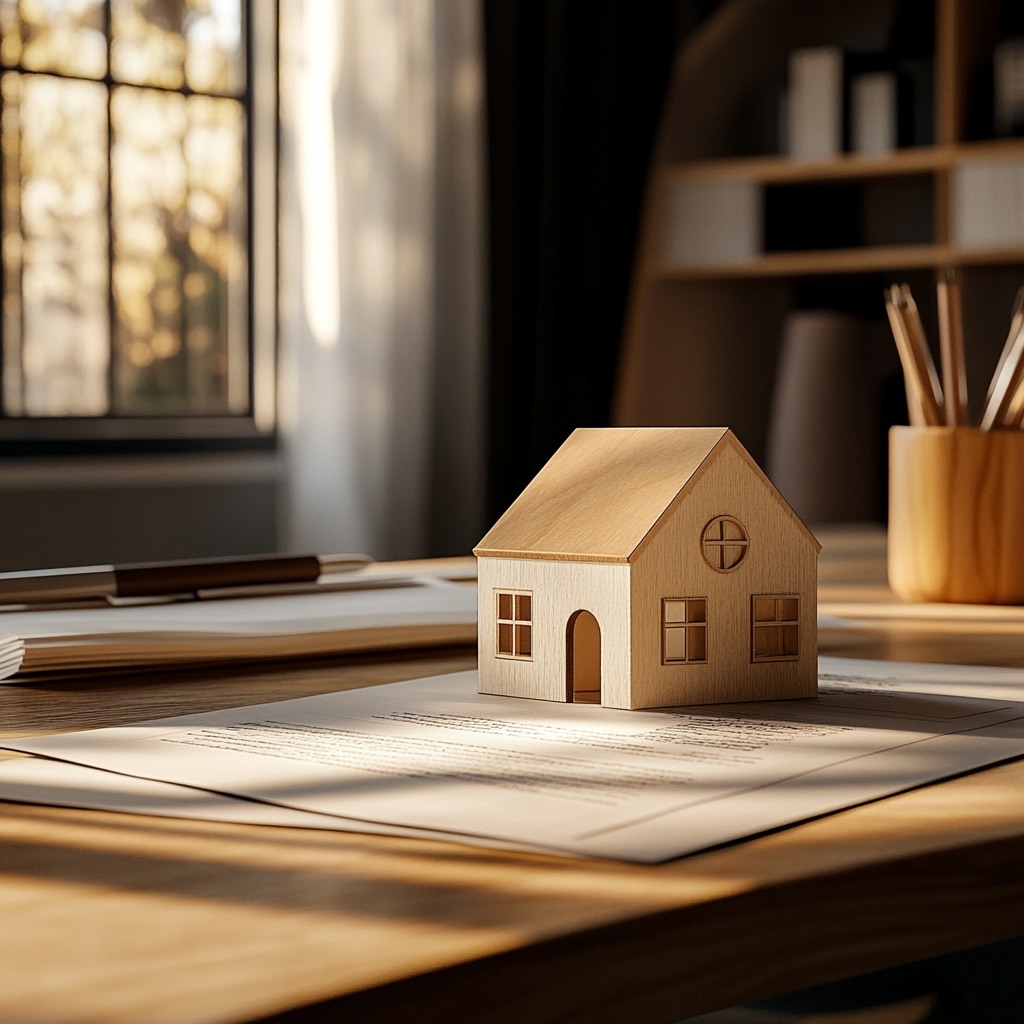Maintaining the integrity of your home’s roof is critical to ensuring its longevity and, more importantly, your family’s safety. However, roof damage can occur unexpectedly due to a variety of reasons – severe weather, aging materials, or even the occasional fallen tree limb. When the shingles are stripped or the rafters exposed, it’s time to take quick and decisive action.
Home to the most vital layers of protection, your roof demands immediate solutions to mitigate any further damage. With this guide, we aim to provide you with a toolkit of responses to address a damaged roof, catering to your skill level and the severity of the issue.
Hiring Professionals
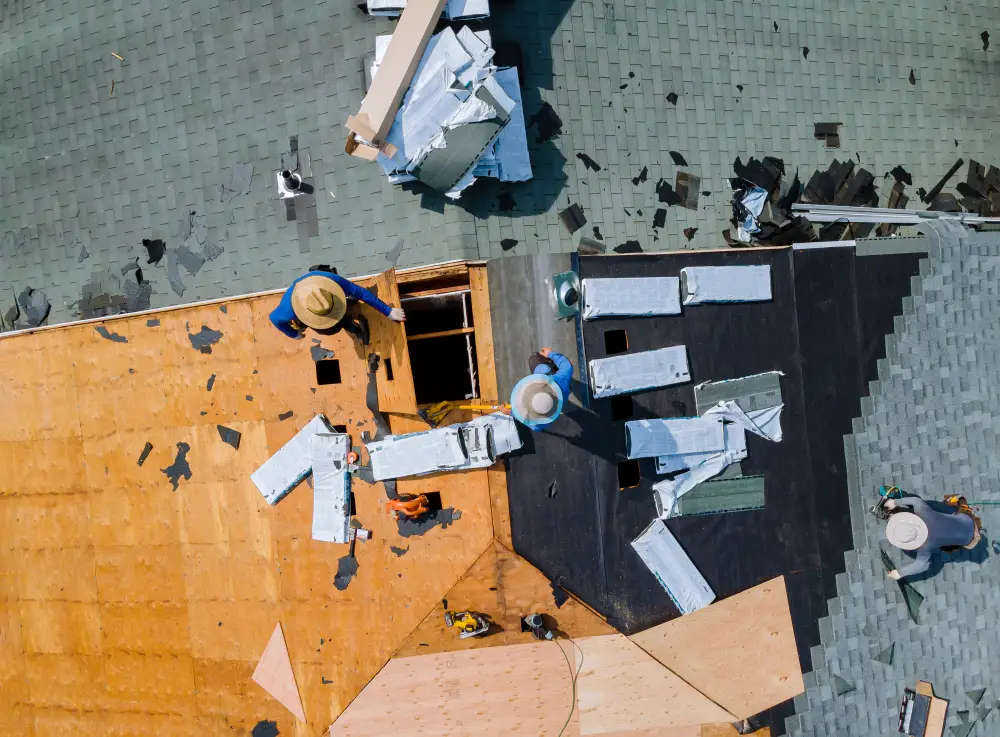
When the damage is beyond your comfort zone or skill level, it’s time to bring in the professionals.
Importance of Professional Assessment
Roofing professionals can offer crucial insights into the state of your roof and the best way to proceed. They have the expertise to identify all areas of damage and can advise on the most effective course of action to repair or replace your roof.
A professional assessment becomes critically important for hail damaged roofs, where the extent of the damage may not be immediately visible to the untrained eye. Hail can cause subtler forms of damage, such as bruising to shingles that compromise their integrity over time.
Professionals possess the expertise to identify and evaluate these nuances, ensuring that all damage is accounted for and appropriately addressed. This step is crucial in preventing future issues and extending the lifespan of your roof, making it a worthwhile investment for the longevity of your home.
Finding Reputable Contractors
Not all roofing contractors are equal. It’s essential to do your due diligence, checking for proper licensing, insurance, and warranty options. Ask for recommendations, read reviews, and get multiple estimates to ensure you find a contractor you can trust.
Temporary Fixes
Perhaps the first course of action when dealing with a damaged roof is to secure a temporary fix, especially if the damage is sudden and needs immediate attention.
Tarping
Tarps are your quick solution to halt immediate water damage to your home’s interior. When correctly applied, a tarp can prevent water from seeping through the damaged area and giving you time to plan your next steps. Ensure the tarp is securely fastened to avoid wind displacement.
Sealants
Sealants are versatile and can provide a straightforward fix for small leaks or cracks. Silicone or asphalt-based sealants can be used to fill small gaps in flashing or shingles. However, keep in mind that these are temporary solutions and may only last a few months. It’s best to follow up with a more permanent repair or replacement as soon as possible.
DIY Repair Techniques
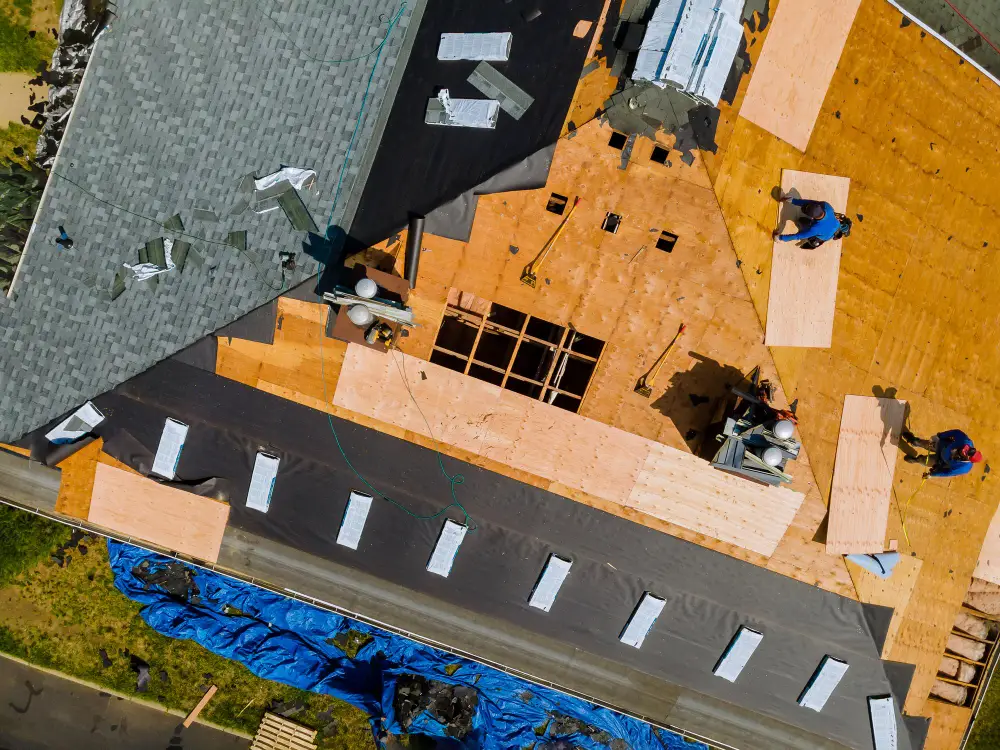
If you’re a capable DIY enthusiast, simple repairs to your roof could be well within your reach. When done correctly, these can offer a reliable fix to minor damages.
Patching Shingles
If you have missing or damaged shingles, you can often replace them with new ones. Start by carefully removing the damaged shingle and sliding the new one into place, then secure it with roofing nails. It’s crucial to match the existing color and type of shingle for a uniform look and seamless protection.
Replacing Flashing
Flashing protects vulnerable areas of your roof, like vents and chimneys, from water infiltration. You can replace damaged flashing by exposing the affected area, removing the old flashing, installing a new piece, and sealing the edges. A flashing job requires a keen eye for detail to ensure all areas are correctly sealed and protected from water entry.
Roof Restoration
Sometimes, your damaged roof needs a little rejuvenation rather than a full replacement. Roof restoration can be an eco-friendly, cost-effective solution to extend the lifespan of your existing roof.
Coating Options
Specialized roof coatings can offer protection against the elements and extend the life of your roof. These coatings are applied to the existing roof surface, providing a new waterproof layer that can reflect UV rays and reduce energy costs.
Reinforcement Methods
For certain types of roofs, such as flat or low-sloped ones, reinforcing the existing structure can be an effective option. Installing a new membrane can strengthen the roof’s resistance to water and wind damage, without the expense of a complete replacement.
Partial or Full Roof Replacement
In some cases, roof damage may be too extensive for repair, and a full replacement is necessary. Here’s what to consider when reaching that critical decision.
Signs Indicating the Need for Replacement
Look out for signs like extensive water damage, multiple missing shingles, or a sagging roof deck – indicators that your roof structure is compromised. These issues often necessitate a complete replacement to ensure the integrity of your home.
Choosing the Right Materials
When replacing your roof, take the opportunity to choose materials that are durable and align with your aesthetic preferences. Consider options such as asphalt shingles, metal roofing, or eco-friendly choices like solar or green roofs. Each option comes with its unique advantages and requires careful consideration.
Preventive Measures
Prevention is always better than a cure. Consistent maintenance and timely repairs can significantly extend the lifespan of your roof.
Regular Inspections
Schedule bi-annual roof inspections. Look for loose or missing shingles, damaged flashing, and any other signs of wear and tear. By catching issues early, you can prevent them from escalating into more significant problems.
Maintenance Tips for Extending Roof Lifespan
Clean your roof gutters regularly to avoid water buildup and ice dams. Trim overhanging branches to prevent them from scratching or falling onto your roof. Over time, these simple maintenance practices add up, protecting your roof from unnecessary damage.
Prompt attention to a damaged roof can make all the difference, not only in terms of the roof’s integrity but also in avoiding costly repairs to the rest of your home. Whether it’s a quick fix, a DIY project, or a call to the pros, the solutions presented here offer a range of actions to safeguard your home from the elements.
Remember, your roof is the first line of defense against the weather, and a proactive approach to dealing with damage will ensure it continues to serve you well for years to come.
Recap
